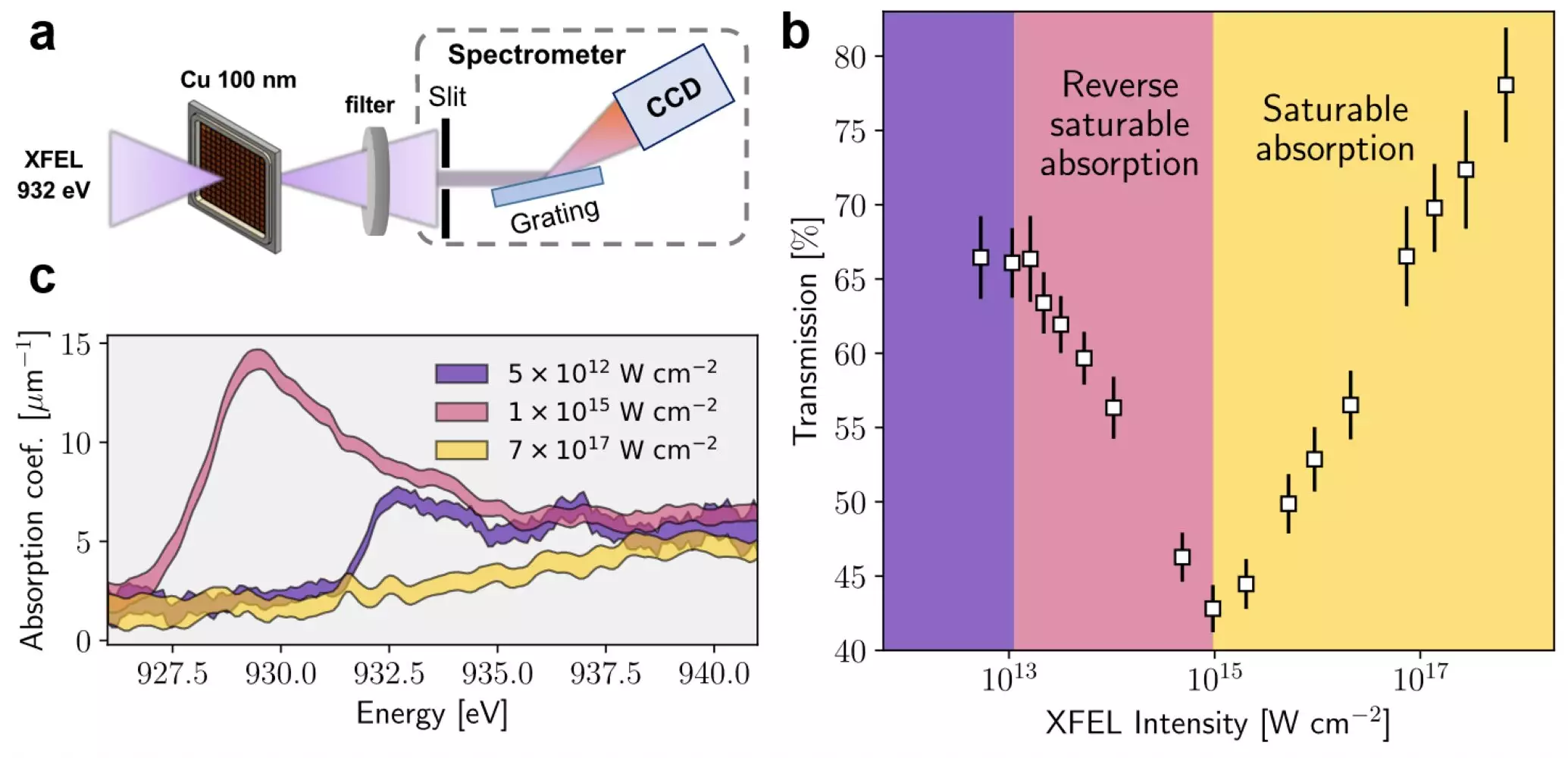The research conducted at the European XFEL has opened up new frontiers in the study of states of matter resembling those found in the interior of planets or during nuclear fusion reactions. By utilizing the powerful X-ray laser at the European XFEL, scientists have been able to delve into the realm of warm dense matter (WDM), a state that is crucial for advancing inertial confinement fusion and understanding extreme environments.
Warm dense matter (WDM) occupies a unique space in the realm of states of matter. It exists at temperatures too high to be described by the physics of condensed matter, yet it is too dense for the physics of weakly coupled plasmas. The delineation between WDM and other states of matter is not clearly defined, typically falling within a temperature range of 5,000 Kelvin to 100,000 Kelvin at pressures of several hundred thousand bar.
Creating and studying warm dense matter poses a significant challenge due to its instability in ordinary environments. Scientists have employed various methods such as compressing samples in diamond anvil cells or using intense optical lasers to briefly transition solids into WDM. The European XFEL’s powerful X-ray pulses have proven to be a valuable tool in generating and analyzing warm dense matter, with copper foil serving as a prime sample material.
Opacity and Electron Dynamics
Opacity plays a crucial role in understanding warm dense matter, particularly in the context of inertial confinement fusion. The alteration of material opacity under extreme conditions, as demonstrated by the European XFEL researchers, provides insights into the behavior of electrons in WDM. The rapid changes in opacity during X-ray irradiation highlight the non-equilibrium state of the electrons, showcasing the need for a theory that integrates solid-state and plasma physics.
The development of attosecond X-ray pulses represents a significant advancement in the study of warm dense matter. By capturing the ultrafast dynamics of electron movement during the formation of WDM, researchers can gain a deeper understanding of chemical processes and catalytic reactions. The potential for attosecond physics offers a new frontier in unraveling the mysteries of warm dense matter and its implications in various scientific domains.
Implications and Recognition
The research on warm dense matter, exemplified by the work at the European XFEL, holds significant promise in the fields of energy generation, material science, and chemical dynamics. The 2023 Nobel Prizes in Physics awarded for advancements in ultrafast science underscore the relevance and timeliness of research on warm dense matter. As scientists continue to push the boundaries of understanding exotic states of matter, the implications for technological innovation and scientific discovery are boundless.


Leave a Reply